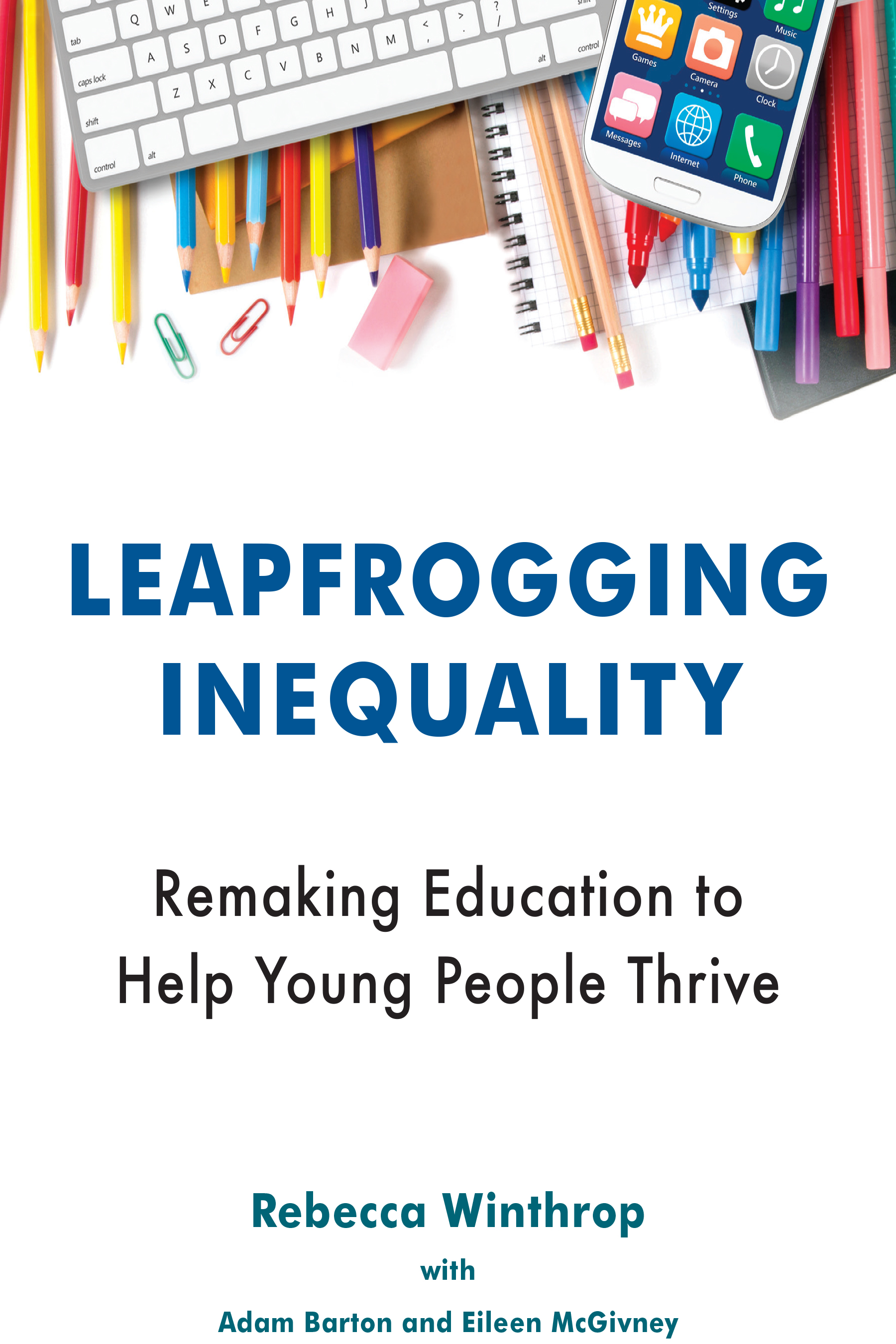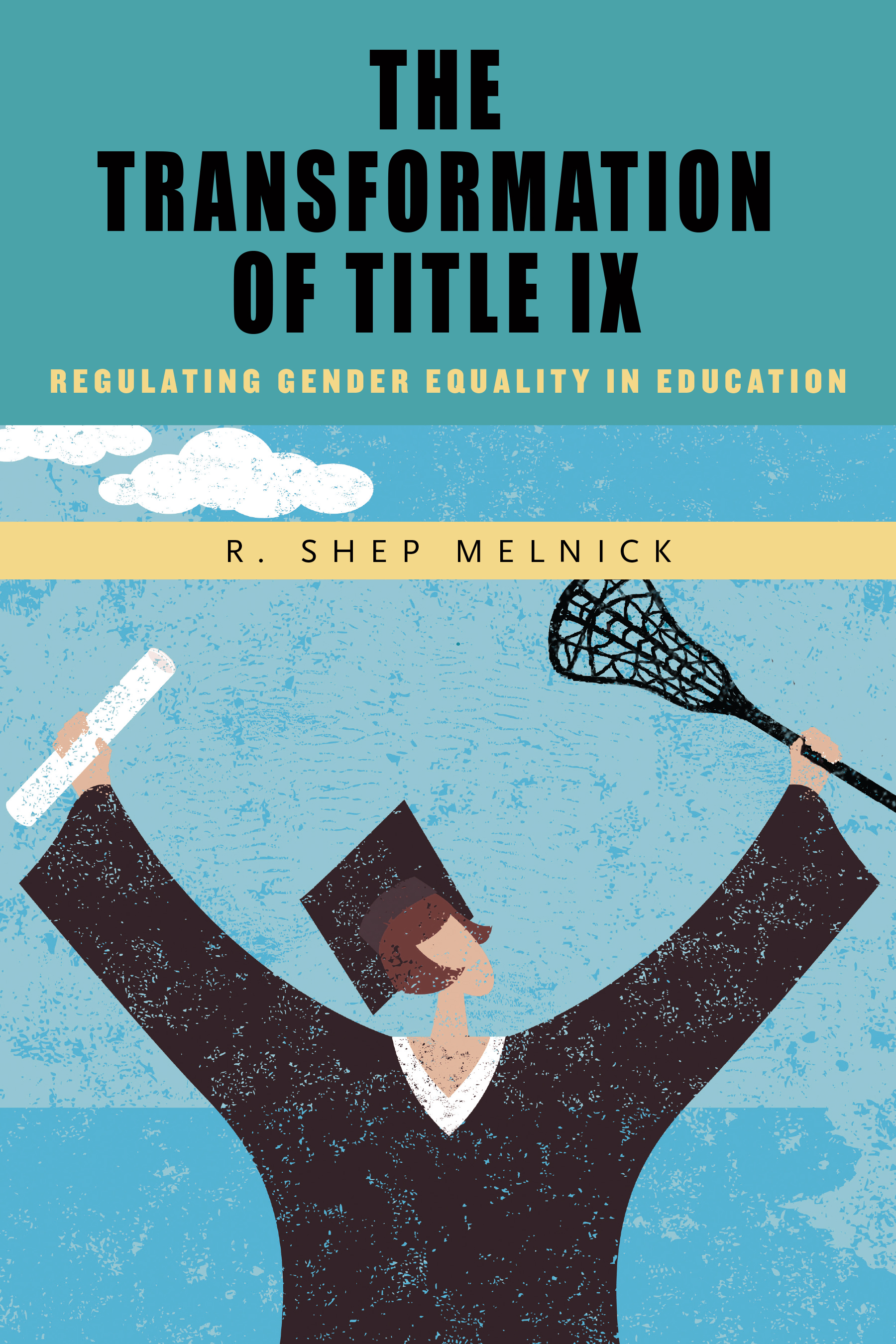As American children head back to school, the parents of the most academically gifted students may feel a new optimism: according to a recent study, the federal No Child Left Behind law is acting like a miracle drug. Not only is it having its intended effect — bettering the performance of low-achieving students — it is raising test scores for top students too.
This comes as quite a surprise, as ever since the law was enacted in 2002, analysts and educators have worried that gifted pupils would be the ones left behind. While the law puts extraordinary pressure on schools to lift the performance of low-achieving students, it includes no incentives to accelerate the progress of high achievers.
Yet the new study, by the independent Center on Education Policy, showed that more students are reaching the “advanced” level on state tests now than in 2002. This led the authors to conclude that there is little evidence that high-achieving students have been shortchanged.
If only that were so. But like many miracle-drug claims, this conclusion is deeply flawed, for several reasons.
First, under the federal law, state tests are supposed to measure whether students are meeting grade-level expectations — whether the average third grader knows the mathematics taught through third grade. But high achievers usually work above grade level, so the state tests are very poor instruments for measuring how well top students are learning.
Second, the way the study’s analysts depicted state trends creates a misleading national picture. They calculated “trend lines” in each state — for example, whether more fourth graders in Georgia reached the “advanced” level in math, whether they made gains in reading and so on for each grade and subject.
For their conclusions, they added together all the up, down and sideways trends to give a national snapshot, saying that 83 percent of trend lines showed gains, while 15 percent showed declines. The problem with this system is that it treats all states equally, regardless of size. So a gain among high-performing students in North Dakota has the same weight as one in California, which has more than 60 times as many students.
Third, the analysis does not compare today’s students with those of earlier eras. High-achieving students might be making incremental progress — but is this new? If they were making similar gains before 2002, then might recent progress have nothing to do with No Child Left Behind? And how did their progress compare with trends for lower-achieving students?
Thankfully, there is a more suitable tool to help answer such questions: the National Assessment of Educational Progress, which tracks achievement changes in 4th, 8th and 12th graders across the country. It found relatively little progress among our highest-achieving students (those in the top 10 percent) from 2000 to 2007, while the bottom 10 percent made phenomenal gains. For example, in eighth-grade math, the lowest-achieving students made 13 points of progress on the national-assessment scale from 2000 to 2007 — roughly the equivalent of a whole grade. Top students, however, gained just five points.
We also learned something from the data from the 1990s. For the most part, both high- and low-achievers made tepid annual gains. But there was one exception: In the states that already had accountability systems similar to those that would eventually be required by No Child Left Behind, there were much larger gains at the bottom than at the top.
So what does all of this mean? It is clear that No Child Left Behind is helping low-achieving students. But it is also obvious that high-achieving students — who suffer from benign neglect under the law — have been making smaller gains, much as they did before it was enacted. Alas, this drug is producing no miracles.
No doubt, some will claim victory: We are closing the achievement gap between our top and bottom students! But is that our only national goal in education? What might happen if federal law encouraged educators to improve the performance of all students? Our analysis of the federal data identified tens of thousands of high achievers who are black, Hispanic or poor. They are excelling at their studies, often against great odds. Shouldn’t we be addressing their educational needs?
As we look for ways to improve No Child Left Behind, we must recognize that our top students still have much to learn.







